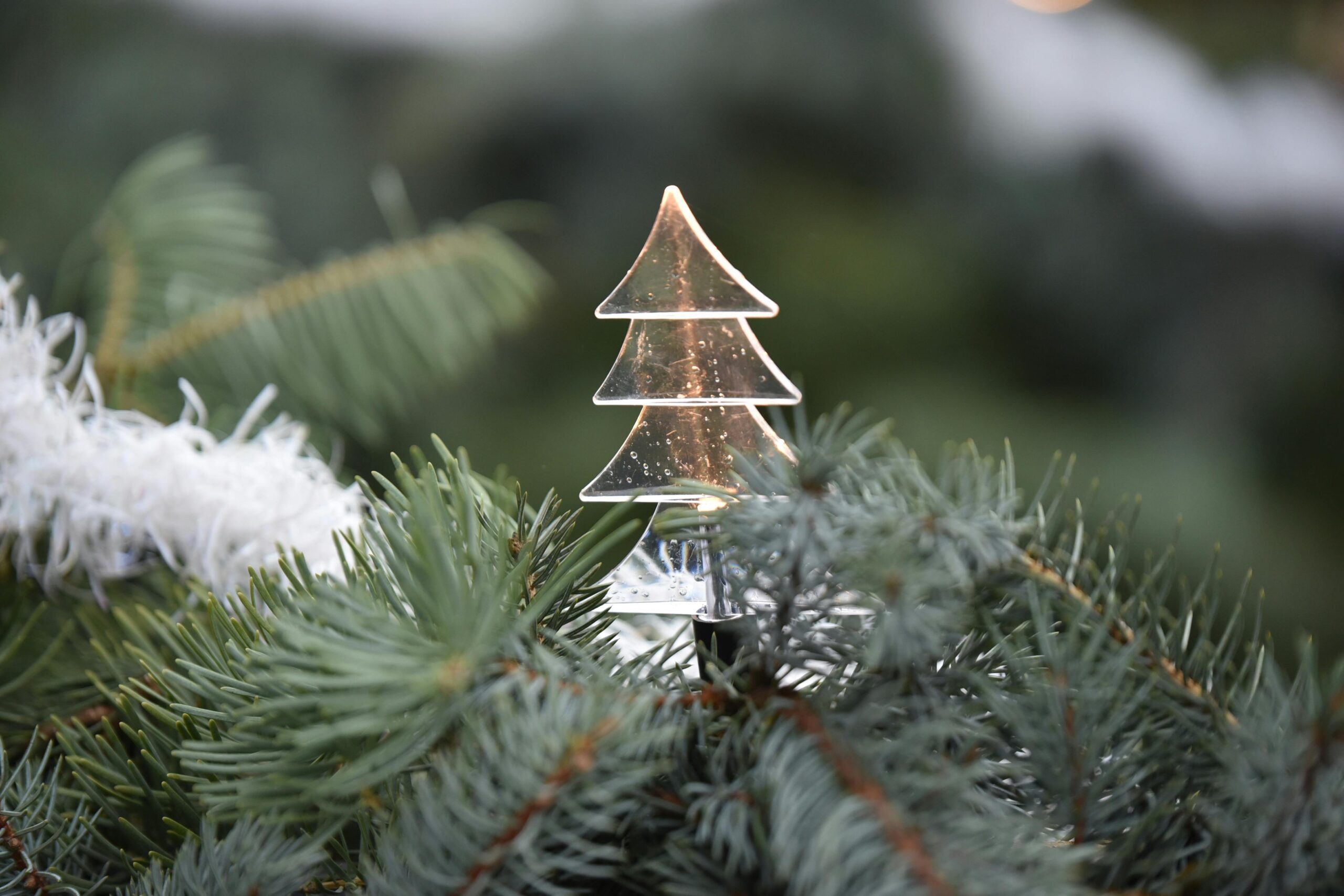The allure and unease of jellyfish: Nature’s graceful enigma
Jellyfish are not everyone’s cup of tea. Some find these creatures vaguely repulsive, probably due their mushy and squashy physique. Some find them positively terrifying, a state of mind that seems to be in close correlation to having been stung by a jellyfish.
Whichever camp you are on in the jellyfish debate, you will have to take your hat off to the South African Post office for their August 2015 issue honouring ten of the twenty or so species of jellyfish that call the oceans around South Africa a home.
Basic data on Jellyfish in South African Waters stamp issue:
- Description: 10-stamp self-adhesive sheet
- Issue date: 12 August 2015.
- Individual stamp size: 41 x 31 mm
- Stamp design: Sheila Collins
These rainbow-coloured miniature works of art are something that topical stamp collectors will want to have in their albums. Find the jellyfish-themed stamps and other South African stamps on Bob Shop.
PS: In case you wondered about the letter B, it signifies postal rate,B5 is for a medium envelope 250 x 176 mm, not exceeding 10 mm thickness. Since the rates change annually, the Post Office can decide to print the rate on the stamp instead of the Rand value.
These are the jellyfish featured:
Barrel jellyfish (Rhizostoma sp.) are often washed up on South African shores. It looks like a translucent white-blue bell and has no tentacles(those protrusions along the rim are really little arms with clubs at the end). The sting of this jellyfish is harmless. In the Far East, it is farmed and eaten.
Image courtesy of Hung Tran. Published on: February 7th, 2020. Source: Pexels.com
Purple compass jellyfish (Chrysaora africana) has a shape that resembles a flattened hemisphere. Its sting may be mildly painful, but it won’t kill you. Purple compass jellyfish occur along the west coast of southern Africa, from South Africa to Gabon.
Image courtesy of Scott Web. Published on: April 14th, 201p. Source: Pexels.com
Box jellyfish type 1 (Chirodropus gorilla) also resides along the west coast of southern Africa, between South Africa and Gabon. It is a dweller of deeper waters and thus not often seen. If you do see it, give it a wide berth. Box jelly fish is closely related to a species that has a fatal sting.
Helmet jellyfish (Periphylla periphylla)is widespread and lives in oceans all around the world. It is dark red or brown and has a conical bell with twelve solid tentacles extending from the bell margin. This deep-water species has a painful, but not fatal sting.
Pink meanie (Drymonema sp.)looks like a flat circular bell of a translucent, brown/pink colour. It has numerous tentacles with which it catches other jellyfish. Pink means prey on other jellyfish, entangling them in tentacles and then reeling their victims in and consuming them.
Image courtesy of May Day.UA. Published on: July 2nd, 2019. Source: Pexels.com
St Lucia jellyfish (Crambionella stuhlmanni) does not have tentacles. Its sting is harmless to humans. In South Africa this jellyfish is restricted to Lake St Lucia north of Durban, but it is also found off Mozambique and Madagascar.
Image courtesy of David Fanning. Published on: September 5th, 2022. Source: Unsplash.com
Mauve stinger (Pelagia noctiluca) is a fist-size jellyfish with a transparent, pinkish bell with numerous warts on the surface. Its sting is painful, but not lethal. It used to be uncommon around South Africa, but is now regularly seen in False Bay. Mauve stinger gives off a blue light when disturbed or handled.
Box jellyfish type 2 (Carybdeabranchi) is also known as the South African box jellyfish. It has a transparent bell with warts on the outer surface. It is mainly found along the south-west coast of South Africa and is common in Cape Town harbour. The South African box jellyfish stings are known to be harmful, but not lethal.
Benguela compass jellyfish (Chrysaora fulgida) is a coastal species. Its orange-red bell resembles a flattened hemisphere. The sting of this jellyfish is mildly painful to some humans, but is not lethal. Benguela compass jellyfish is endemic to the Benguela ecosystem and extends along the west coast of Africa from southern Angola to South Africa.
Image courtesy of Tim Mossholder. Published on: April 10th, 2018. Source: Pexels.com
Cape barrel jellyfish (Eupilema inexpectata) have a deeply hemispherical bell. This species is opaque and slightly granular to the touch. It has short, rigid arms around the mouth and no tentacles. It is harmless. Cape barrel jellyfish are confined to the south-western Cape and endemic to the region.
Image courtesy of Tirachard Kumtanom. Published on: July 10th, 2017. Source: Pexels.com








